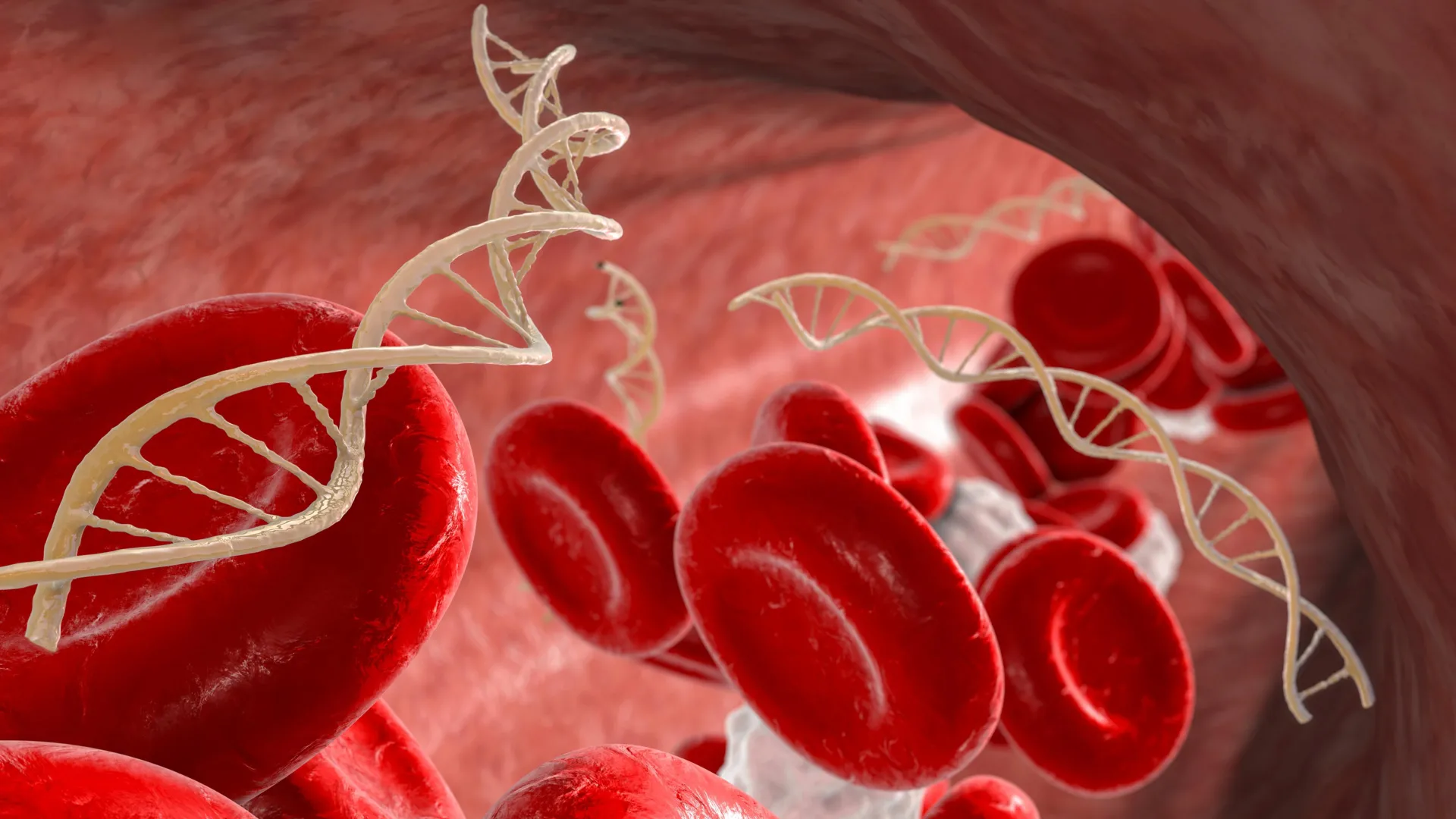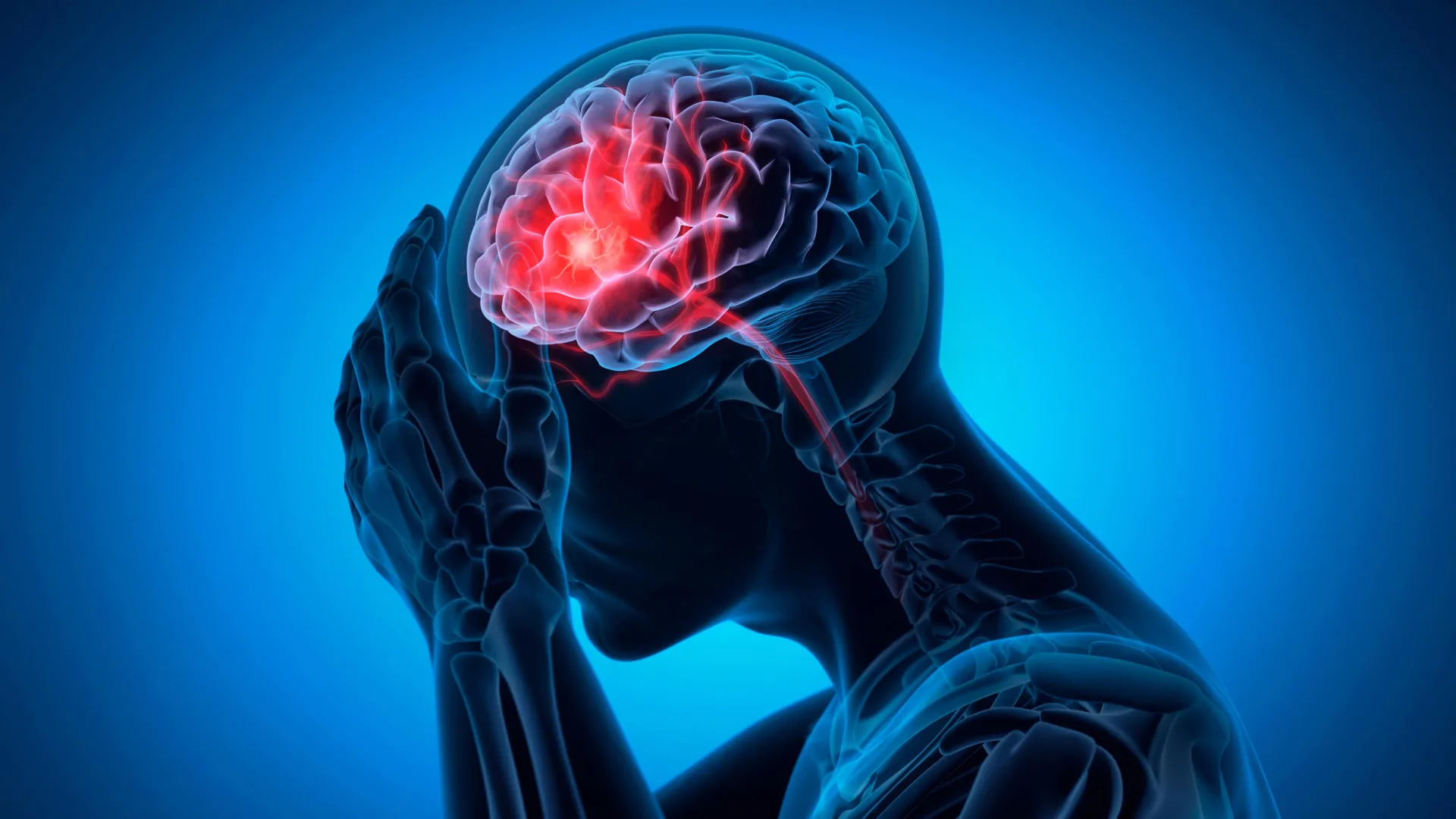UnitedHealth Group’s third-quarter net income tumbled to $2.3 billion as the giant provider of health benefits and services works toward a recovery from rising costs of providing health insurance to millions of Americans, the company said October 28, 2025. In this photo is a general view…
Category: 5. Health
-

This easy daily habit cuts heart risk by two thirds
People who walk for 10-15 minutes at a time can reduce their risk of cardiovascular disease by up to two thirds compared to those who take only brief walks lasting less than five minutes. Even when covering the same total number of steps, longer, uninterrupted walks appear to provide greater…
Continue Reading
-

Bananas could be ruining your smoothie’s health benefits
Smoothies are a quick and delicious way to load up on fruits and vegetables, but some ingredient combinations may not be as healthy as they seem. Scientists from the University of California, Davis, discovered that the types of fruits blended together can change how much nutrition your body…
Continue Reading
-

Scientists discover a surprising way to quiet the anxious mind
Generalized anxiety disorder affects millions, often trapping sufferers in cycles of fear and isolation that conventional medications barely relieve. At UCSF, neuroscientist Jennifer Mitchell is testing a pharmaceutical form of LSD called MM120, which has shown striking results in reducing…
Continue Reading
-

Scientists say gluten isn’t the problem after all
A major scientific review has found that what many people call “gluten sensitivity” may actually be linked to the way the gut and brain communicate, not to gluten itself. The condition affects around 10 percent of people worldwide, and the new findings could reshape how it is understood,…
Continue Reading
-

Scientists turn “junk DNA” into a powerful weapon against cancer
Researchers at King’s College London have discovered a promising new approach to treating certain blood cancers by using existing drugs in an unexpected way. Their work shows that a long-overlooked part of human DNA, once dismissed as “junk,” can actually be used as a therapeutic target.
Damaged…
Continue Reading
-

T-Cell Engager: From Discovery Hurdles to Next-Gen Solutions
Unlock White Paper ALREADY ACCESSED THIS White Paper?
SIGN INAddressing TCE Discovery Challenges with Expert Insights
T-cell engagers (TCEs) are revolutionizing cancer immunotherapy, but their…
Continue Reading
-

Pregnancy Care Ends Too Soon. How The Postpartum System Fails Mothers.
New Mother Holding Sleeping Baby Daughter In Nursery At Home
getty
Pregnancy care in the United States consists of prenatal visits that are purposeful, recurrent, and often celebratory. Postpartum, however, the mother’s support system often drops precipitously. For many, especially first-time…
Continue Reading
-

Cavities and gum disease could nearly double stroke risk
- People with both gum disease and cavities faced an 86% greater chance of having a stroke compared to those with healthy mouths.
- Poor oral health was also tied to a 36% higher likelihood of heart attacks and other cardiovascular problems.
- Individuals who visited the dentist regularly…
Continue Reading
-

Two Million Pounds Of Pork Jerky Recalled After Metal Found In Bags
A company in South Dakota has recalled over two million pounds of pork jerky after consumers reported finding metal in the bags of snacks.
USDA
A company has recalled a popular pork jerky product after multiple consumers reported finding pieces of metal in bags of the ready-to-eat snack.
LSI, Inc….
Continue Reading
